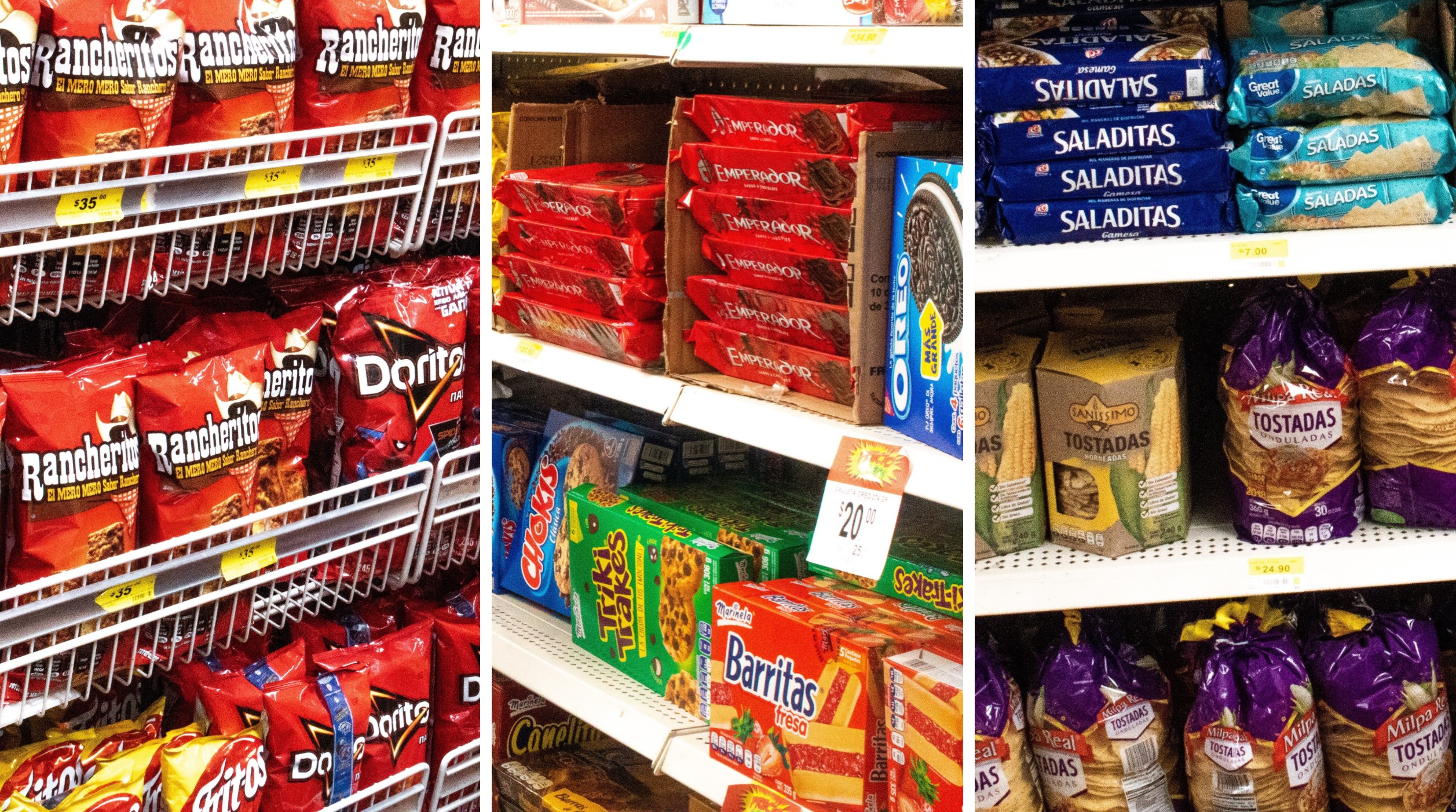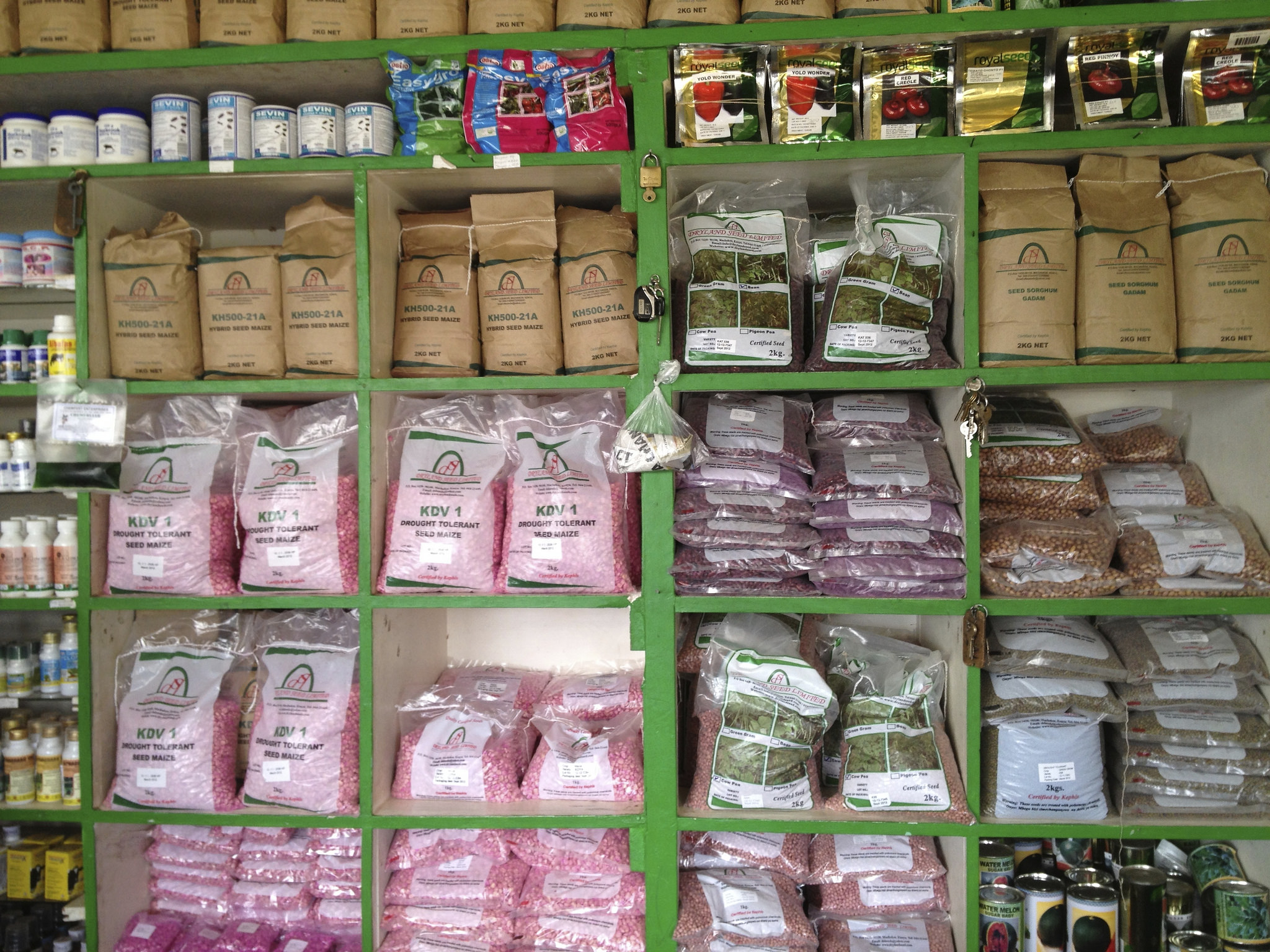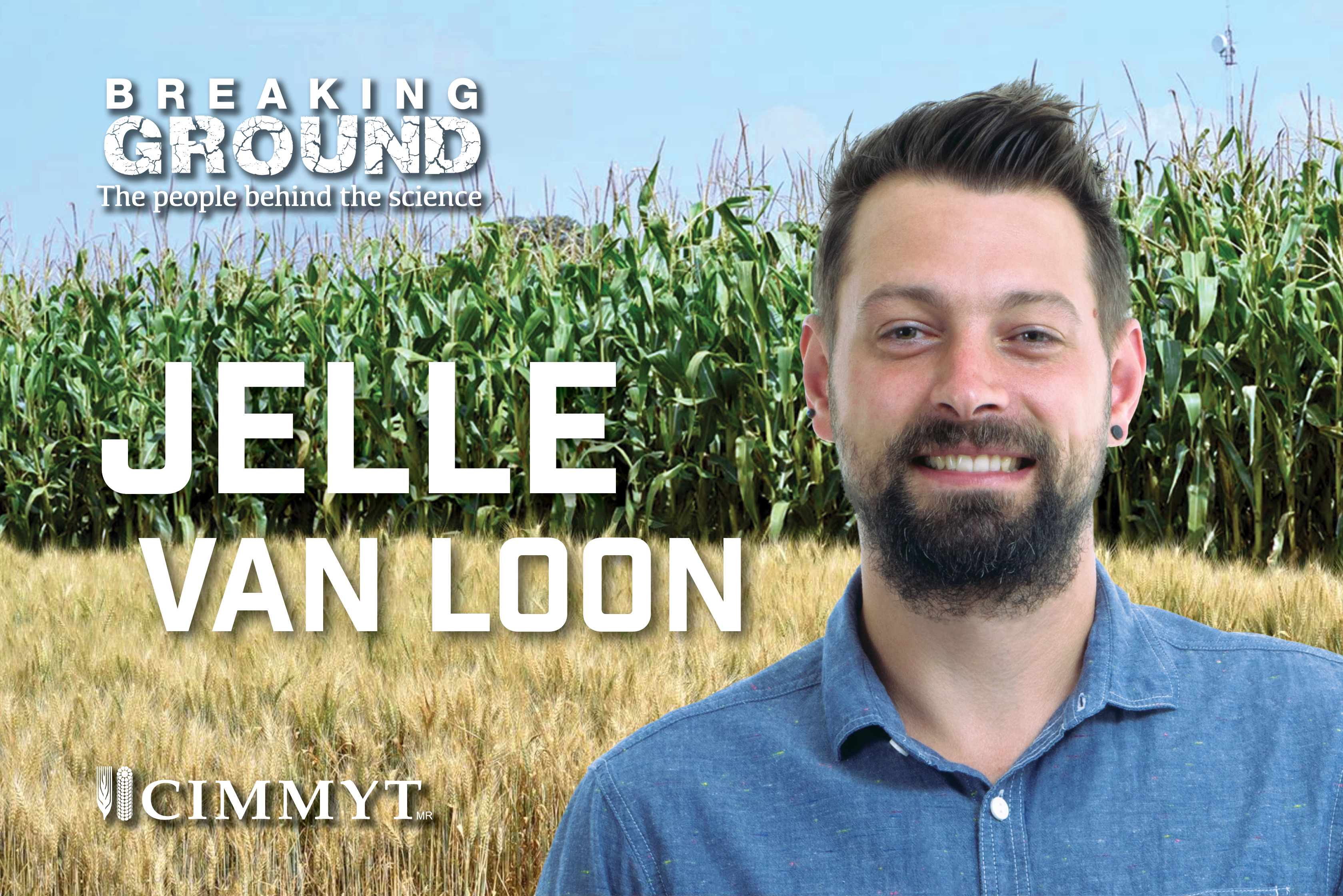In 2013, Mexico had the fourth highest sales of ultra-processed products worldwide. This is indicative of one of the most important changes in food systems in middle-income countries in recent years: the shift away from meals prepared at home with fresh or minimally processed products towards meals that include ultra-processed foods.
“Typically, these products do not have any wholefood ingredient, are ready to eat, and are high in fat, sodium and sugar but low in fiber, protein and vitamins,” says Ana Gaxiola, a nutritionist consultant working with the International Maize and Wheat Improvement Center (CIMMYT). “The health risks associated with their consumption have important, long-term implications for the health and nutritional status of individuals, families and communities.”
Latin America has a sophisticated maize and wheat processing sector with the potential to segment urban markets according to income, preferences and knowledge. This has important implications for equity in access to food with higher nutritional value.
In 2018, CIMMYT researchers began a new investigative project in collaboration with two CGIAR research programs, Agriculture for Health and Nutrition (A4NH) and WHEAT, seeking to understand how affordability affects diets in different areas of Mexico City. “We want to better understand access to healthier maize- and wheat-based foods across differences in purchasing power,” explains CIMMYT senior economist Jason Donovan. “Part of that involves looking at what processed products are available at what price and in different neighborhoods and the dietary implications of that.”

This is relatively new territory for those involved. “This kind of research has been done before,” explains Gaxiola, “but only looking at supermarkets in Mexico City and without differentiating between socioeconomic levels.” Previous studies have also failed to include data from abarrotes, the small convenience stores ubiquitous throughout the city.
The study compares Polanco and San Vicente, two neighborhoods in Mexico City chosen to represent high- and low-income areas, respectively. Using economic data in combination with label and packaging information it analyzes the variation in availability of processed and ultra-processed maize and wheat products, taking into account ingredients, nutritional content, portion size, price and other added value. The study will later include a qualitative element, in which the team will conduct interviews with shop managers to find out how they decide which products to stock, and with consumers to discuss the products they buy and the factors influencing their decisions.
“We’re also interested in how the products are being promoted,” says Miriam Perez Luna, a CIMMYT research assistant involved in the study. “Do companies employ celebrity endorsements or cartoons to appeal to children? Do they have any special certifications based on where or how the products were produced? This information goes into our database so we can examine how products are being marketed, whether in stores or online and through social media.”

Now at the end of the data collection period, Gaxiola and a team of researchers have collected more than 20,000 images of packaging, bar codes and nutritional information for a variety of products including biscuits, breads, cakes, cereals, flours, pastas, soups and tortillas. Once the data has been cleaned, they will begin to analyze each individual product and create an index for how healthy they are. Preliminary results from the study will be made available later in the year, but the team are keen to share some of their initial observations.
They were unsurprised to note that many products were more expensive in the upscale Polanco neighborhood, and smaller convenience stores tended to charge more for certain products than larger supermarkets.
There have however, been some unexpected findings. For example, many of the discussions about lack of access to nutritious food options focus on the diets of the urban poor, but there may be reason to believe that affluent consumers face similar challenges. “You’ll be surprised to hear that a lot of what we found in Polanco was not that healthy, because most of it is heavily processed,” says Gaxiola.
Based on the Pan-American Health Organization’s classification system, a product containing more than one milligram of sodium per calorie, 10% refined sugar and 30% total fat is an unhealthy one. “We still need to carry out the analysis, but I’d say more than 70% of the products we’ve encountered could be deemed unhealthy, based on this classification system.”

The implications of this are significant for a country like Mexico, which currently faces an epidemic of obesity and overweight. “There’s a lot of advocacy now around nutritional information, but it can be hard to understand sometimes, even for me,” says Gaxiola. “It has to be become something that everyone can understand and use to make healthier choices.”
For this to happen it is important to close the data gap on how urban consumers interact with their food environments. Understanding how they choose among different types of maize- and wheat-based products and how much of this is shaped by socioeconomic disparities is a key first step towards engaging with the private and public sectors on options for promoting healthier processed wheat and maize products in fast-evolving food systems.
This study is being carried out by the International Maize and Wheat Improvement Center (CIMMYT) and supported by the CGIAR Research Program on Agriculture for Nutrition and Health (A4NH) and the CGIAR Research Program on Wheat (WHEAT).
This story is part of our coverage of the EAT Stockholm Food Forum 2019.
See other stories and the details of the side event in which CIMMYT is participating.

 Nutrition, health and food security
Nutrition, health and food security 


